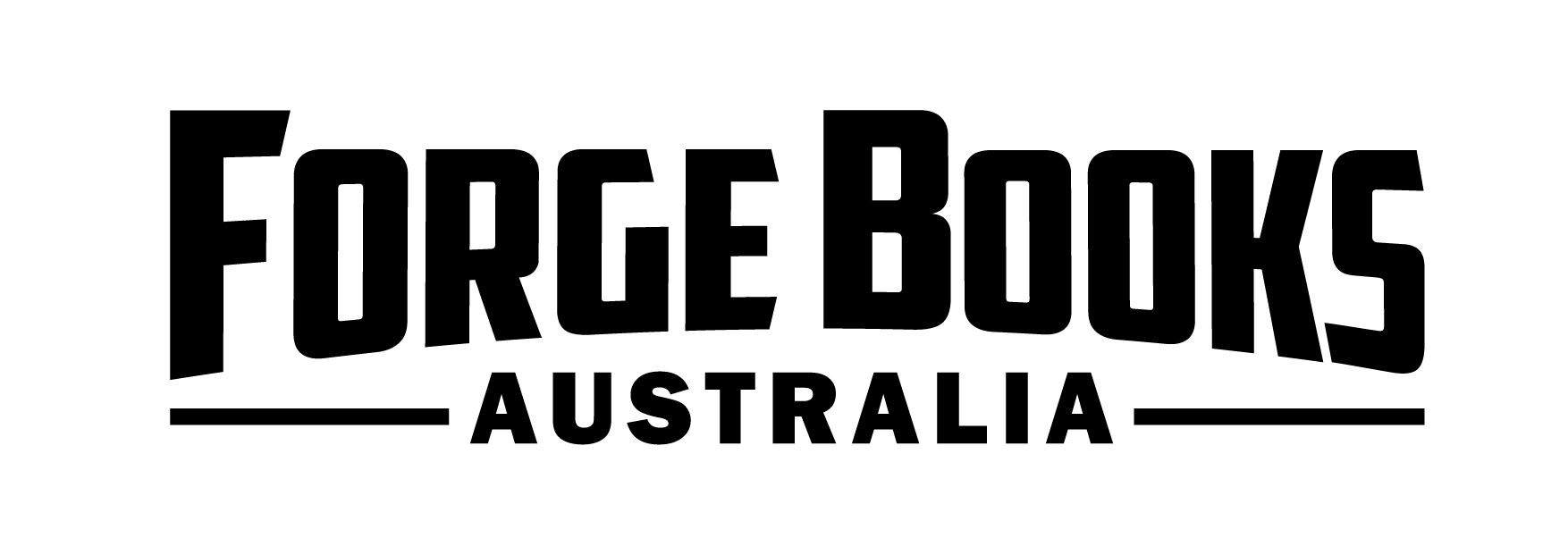Service Level Management is certainly the defining, delivering, and measuring the overall performance of IT providers against agreed-upon service amounts. It also involves taking corrective action to assure that services fulfill the desired standards and targets.
The key to success with Service Level Management is usually to be consistent and clear through the entire procedure. This means building and using a consistent solution to SLM, ensuring all teams know the same things (and what’s expected of them), applying actionable check-lists so everybody knows exactly what to perform when and what to refrain from giving, and creating everything clearly and consistently.
Establish a baseline with inputperformanceservicelevels
Service level administration is a great approach to quickly improve your organisation’s web and application functionality, but it can be hard to tell if you’ve made progress or not. One of the best ways to assure you’re always comparing pears to pears is to collection a service level tolerance that users can’t struck past.
This is usually a simple check against your overall health API endpoint, or it is usually as involved as creating a scripted API test to measure the efficiency of your app and webpage. Either way, you’ll have to generate a synthetic monitor in Fresh Relic and configure top article it with respect to the relevant assistance level.
You may also define something level package, link this to need offerings, and subscribe to the package to produce an SLA. This is a part of a larger SLM framework that makes it easy for businesses to determine the correct service amounts, confirm their needs, and ensure the proper IT devices are available whenever they want them.
